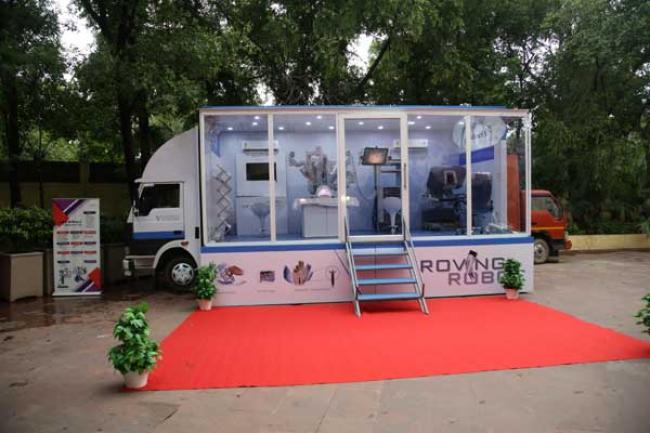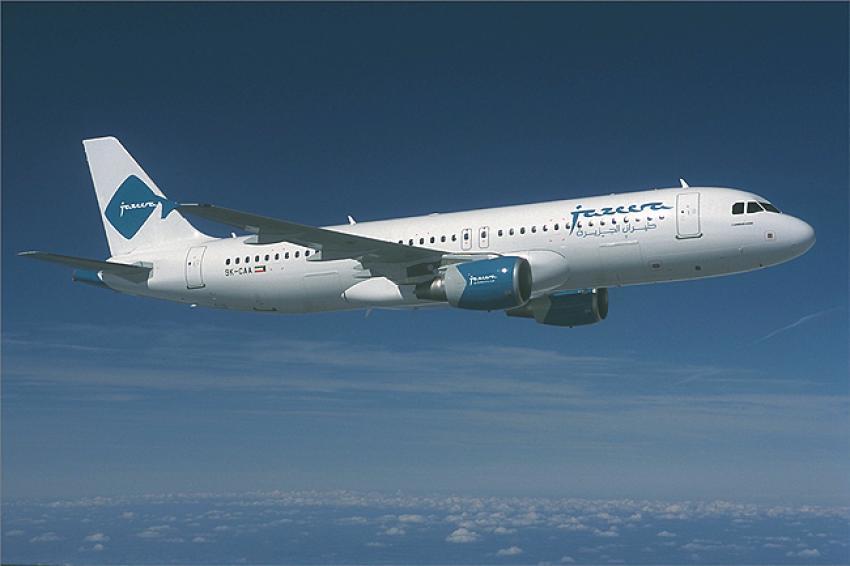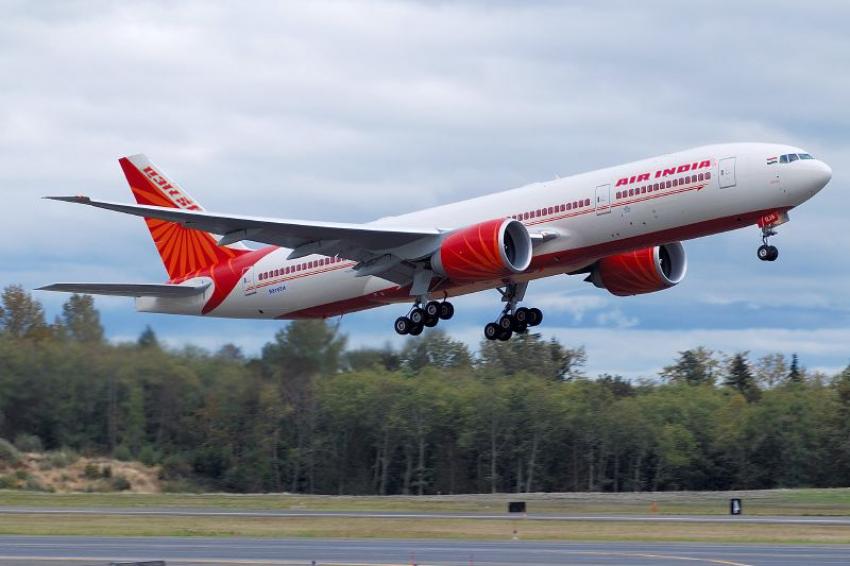NITN | @notintownlive | 05 Feb 2018, 08:08 am

Kolkata Feb 3 (NITN): Cancer is a relentless disease. Damaging organs and tissue in its wake, cancer can be insidious in its onset, hiding malignant cells and tumours in the most unreachable parts of the body. Early detection is a daunting challenge. Once detected, patients find it hard to accept its presence wasting time in exploring alternatives. Eventually calling for surgery, medication and a combination of Radio and Chemotherapy.
But there is one hope on the horizon for sufferers of this most devastating of conditions. Robotic surgery methods can allow for hugely magnified views of the damaged tissue and provide the very fine and precise instruments needed to get access to them inside the body and bring relief.
Currently, Eastern India has two surgical robots all concentrated in Kolkata hospitals--Apollo Gleneagles Hospital and Tata Medical Center.
Visiting 5 key Hospitals in Kolkata
In the current leg of its country-wide march, the Roving Robot is in Kolkata and was show cased to surgeons and administrators at Ramakrishna Mission Seva Pratishthan Hospital (Jan 25-27) and NRS Medical College & Hospital (Feb 1-3).
In the coming week surgeons from Kolkata Medical College & Hospital (Feb 4-6) and Swastha Bhawan (Feb 7) will be able to see the Roving Robot.
“The ‘da Vinci’ Si Surgical Robotic system has been providing excellent service in many major cancer surgeries being performed by our senior oncology surgeons. Apart from the numerous intra-operative advantages this helped patients immensely reduce their post-surgery stay and hastened their return to normal activities,” says Dr V R Ramanan, Deputy Director-Medical Services, Tata Medical Center, Kolkata which has been using da Vinci Robot since mid 2017.
The da Vinci Surgical Robot combines the best of science and medicine. With nearly 4000 patents and pending patents da Vinci Robot is filled to the brim with innovation. What the robot adds is a way of seeing better and four flexible arms that enter the human body through tiny incisions can be guided to make the repair needed. It is the next breakthrough step in minimally invasive surgery and a major step up from laparoscopic procedures.
When working with a da Vinci, the surgeon, a specialist not only in the use of the machine, but also in his or her own field of surgery, will sit at a console where there is a 3D and 10-fold magnified view of the interiors of the body. From here, the robotic arms are controlled and the right instrument sent in to remove or repair tissue. Because it is so precise, there is less chance of collateral damage. And because the cuts and incisions needed to send the robotic arms in are so tiny, the patient doesn’t have to suffer the trauma of traditional open surgery.
"Robotic surgery is presently the frontier technology in the field of minimal invasive surgery with lots of advantages--rapid recovery, minimal blood loss, shorter hospital stay coupled with highest level of surgical precision. In the field of cancer surgery Robotic surgery now became an integral part, especially for long duration complex surgeries with reconstructive procedures," says Dr Satyadip Mukherjee, Consultant Urological Surgeon at Tata Medical Centre, Kolkata which has been doing Robotic surgeries with excellent outcomes.
“Our goal is to help our cancer patients with this advanced technology,” adds Dr Mukherjee.
Robotic surgery works best in areas involving soft tissue. It is certainly proving better than traditional surgery in many gynaecological cancers, head and neck and thoracic surgery, removal of organs such as the kidney, liver, pancreas, thyroid, prostrate, and uterus, urology ailments and even organ transplants. Robotic surgery is also being used more and more for paediatric patients. In this form of surgery, suturing is flawless.
"Robotic surgery provides excellent three dimensional views and access of the operative field significantly improving accuracy in cancer surgery. The robotic arms allow 7 degrees of freedom of movement making intraoperative manipulation easier,” says Dr Sujoy Gupta, Consultant Urological Surgeon, Tata Medical Centre, Kolkata.
The Robotic Way
“More often than not people assume that the robot does the surgery and not the surgeon. They think that the surgeon just feeds in the details into the computer and then watches the robot operate, or worse, walks out for a hot cup of tea in the lounge,” shares Dr. Gagan Gautam, Head - Urologic Oncology & Robotic Surgery, Max Institute of Cancer Care, New Delhi.
The reality is that the robot is not an independent entity. Robotic surgery cannot take place without a highly skilled surgeon at the console. The robot is only as good as the surgeon and staff behind them.
So the success of a robotic surgical procedure primarily depends on the same parameters as a traditional open surgery - the competence and experience of the surgeon who controls the robot.
- Inaugural edition of Bengal Pro T20 to start from June 11
- Vattikuti Foundation announces KS International Innovation Awards for Robotic Surgery
- Vattikuti Foundation announces Brady-Vattikuti Robotic Academy hands-on masterclass in Urology
- Rashmi Group and Rice Adamas Group get franchise rights in Bengal Pro T20 League
- Shrachi Group, Servotech bag franchise rights in Bengal Pro T20 League
- Bengal Pro T20 League unveils its official logo
- Le Rythme& AWIPL hosts skill development programme on 'Accounts Executive' in Kolkata
- NEZ International Film Festival focuses on independent cinema in 9th edition, special focus on European filmmakers
- Deptt of Science and Technology funded Incubator at Sona College to spur entrepreneurship in Salem
- HireMee earns prestigious Global Impact sourcing award from IAOP, in partnership with The Rockefeller Foundation
Tokyo: Airlines were forced to cancel over 300 flights following the collision between a Japan Coast Guard aircraft and a Japan Airlines passenger plane at Tokyo's Haneda Airport on Tuesday evening even as reports said the plane was cleared to land ahead of the tragedy.
New Delhi/NITN: Regular flyers on Jazeera Airways, Kuwait’s low-cost carrier, can now avail a host of discounts and benefits by enrolling for the new membership club introduced by the airline, recently.
Gurugram: Air India, a global airline in India, has initiated the deployment of its recently acquired Boeing 777 aircraft to serve all three non-stop routes from Mumbai to the United States.





